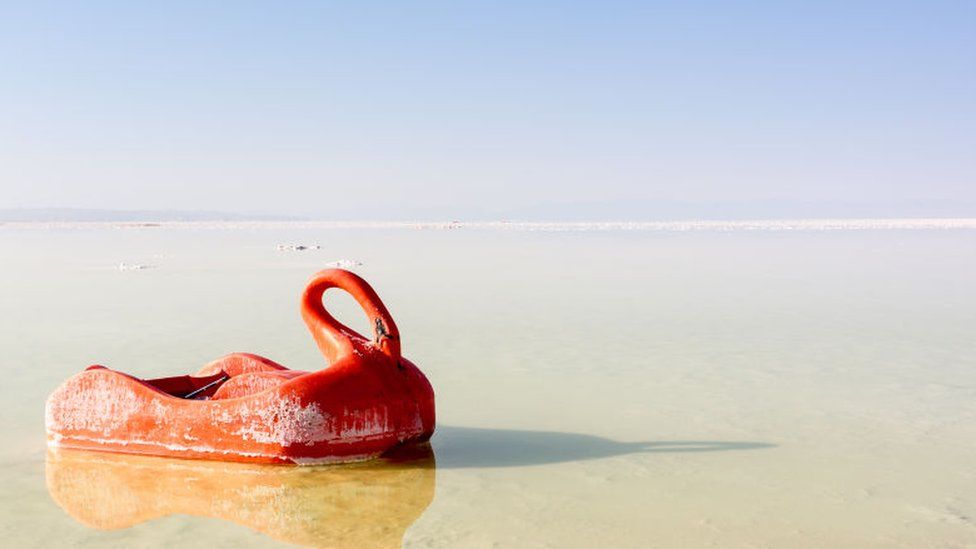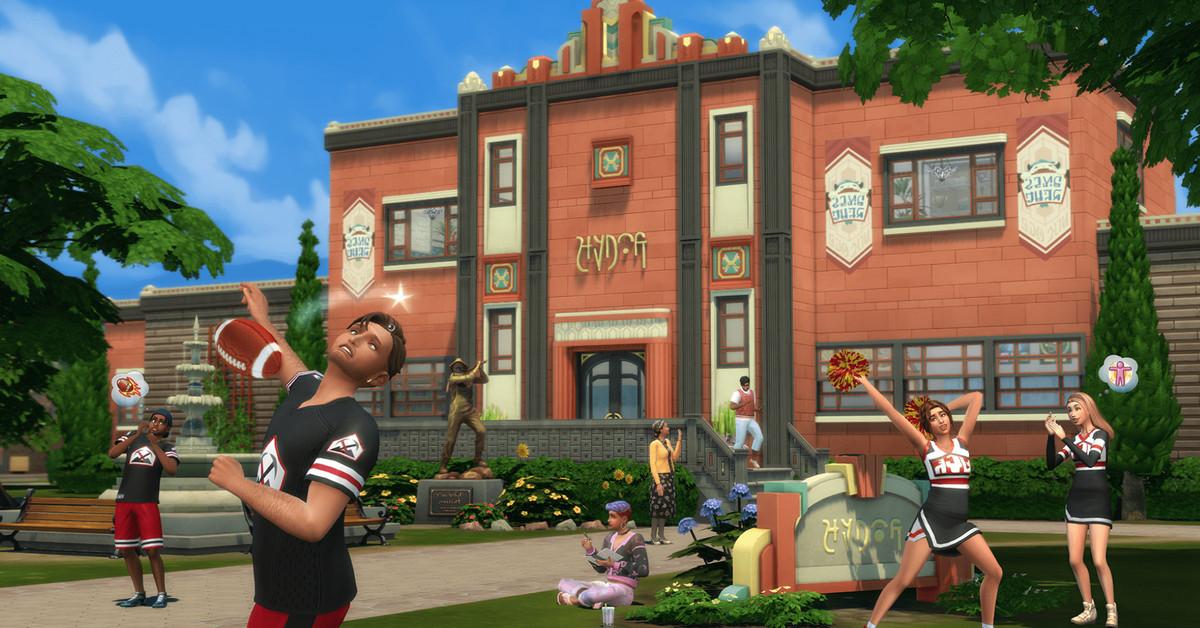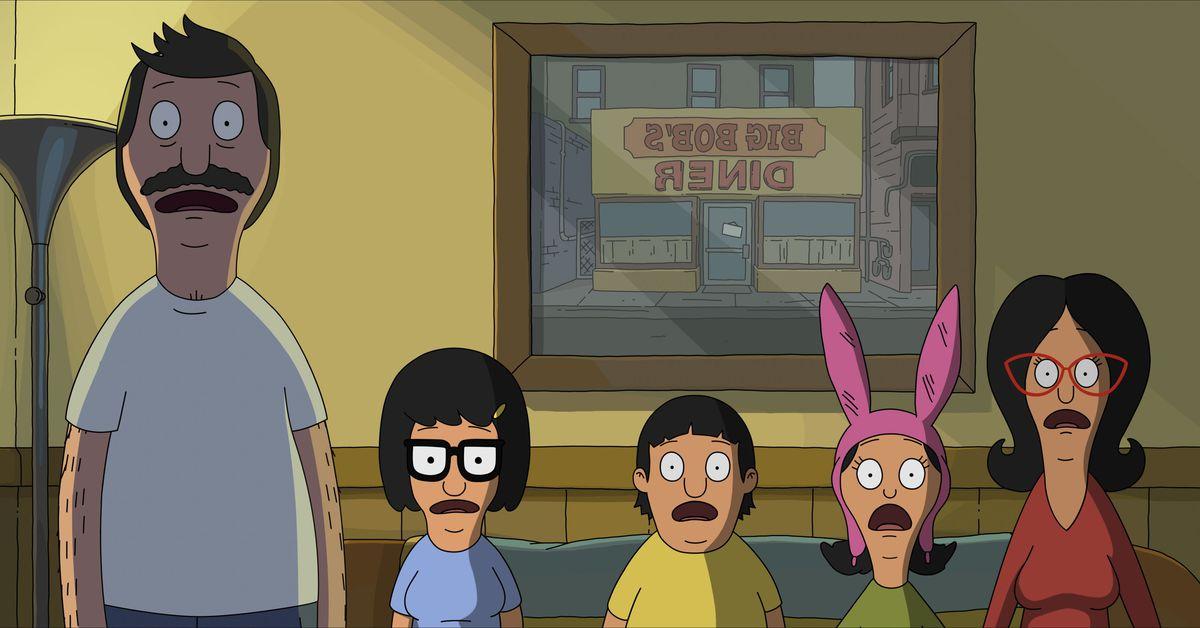
Police in Iran have arrested several people at protests against the near disappearance of what was once the world’s second largest salt lake.
Lake Urmia was Iran’s main domestic tourism resort before it began shrinking in 1995 due to extreme drought, agriculture and dam building.
These days, hotels and boats lie abandoned, with no water in sight.
Many locals in the remote north west, where the lake is located, blame authorities for its disappearance.
“Lake Urmia is dying, parliament orders its killing,” some protesters shouted at a small demonstration in the regional capital, also called Urmia, on Saturday – according to AFP citing local media.
The police chief in the region described the demonstrators as hostile and said they intended to disturb public security.

Iranian tourists used to flock to Lake Urmia, near the border with Turkey, to enjoy its natural beauty and the reported restorative properties of its mineral-rich mud.
But in the mid-1990s, a combination of intensifying agriculture, new dams built across the lake’s tributaries, and extreme drought conditions led to a sudden drop in the lake’s water levels.
“It’s kind of simple. The water withdrawal for human use increased tremendously at the same time as there was an extended drought,” Ali Mirchi, an expert at Oklahoma State University, told BBC Future Planet last year, calling the drought the “straw that broke the camel’s back”.
Local residents, many of whom depended on the lake for their livelihoods, watched on as their most treasured resource retreated into the distance. Waterside hotels and guesthouses were left hundreds of metres from the shoreline.
Within 20 years, the lake shrank to about 10% of its former size and a red algae bloomed in what was left of the water. The tourists stopped coming and many residents moved away, leaving boats and buildings to slowly decay into the newly-emerged salt plains.









